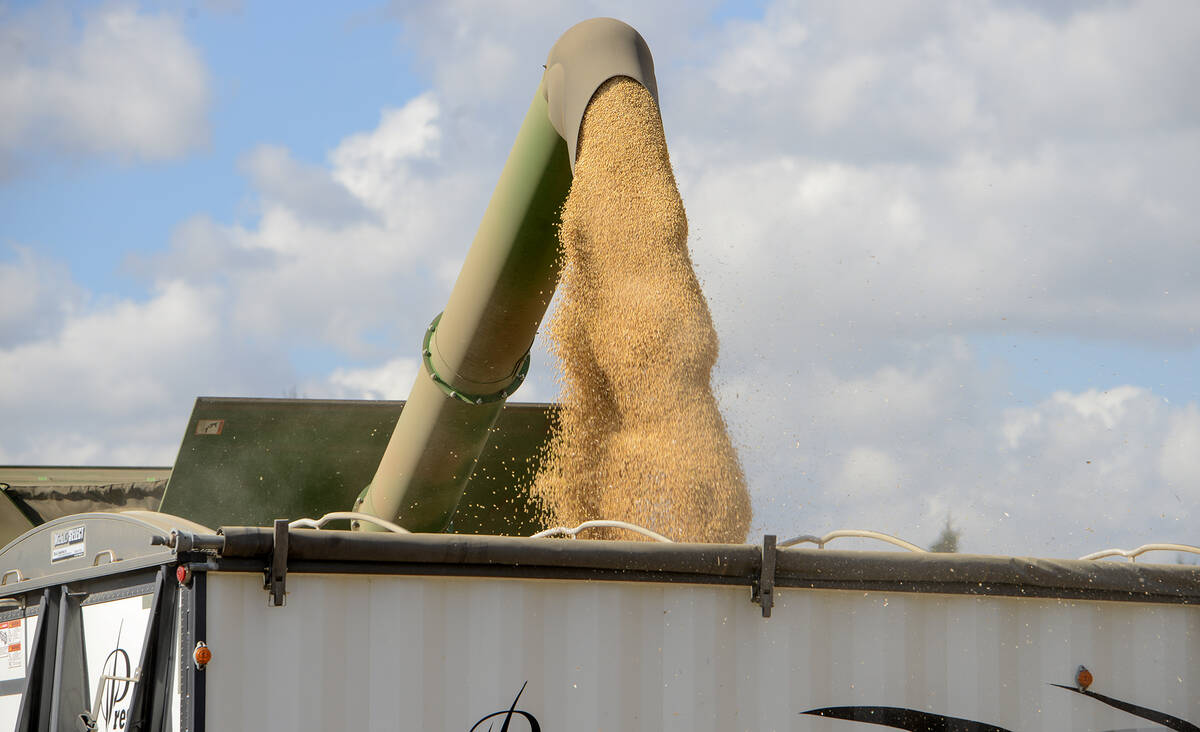If one were to describe the wheat price situation using movie titles, the best pick would be Everything Everywhere All At Once.
Prices were already affected by weather and the near-end of the spring wheat planting season. The U.S. Department of Agriculture’s monthly world agricultural supply/demand estimates were released June 9 and the U.S. Federal Reserve announced its latest interest rate decision on June 13, both of which affected the markets.
However, the intentional breach of the Nova Kakhovka hydroelectric dam in southern Ukraine on June 6 will have long-term effects.
Read Also

Grain markets hungry for U.S. data
The U.S. government shutdown meant that futures markets were left without robust grain supply information
Russia and Ukraine are accusing each other of a war crime while thousands of residents living along the Dnipro River have been displaced by flood waters. The flood will cause the abandonment of thousands of hectares of farmland, and 500,000 hectares south of the river, supplied by irrigation canals, will turn into deserts, according to the Ukrainian government.
Ukraine’s wheat crop had already been adversely affected, both by delayed grain vessel inspections by Russia on the Black Sea and by hot and dry weather, which Ukraine’s ag ministry said on June 5 could cut winter grain production by 20 per cent.
Wheat prices on the Chicago Board of Trade, which seemed immune to events in Ukraine over the past few months, jumped on the morning of June 6 before settling back to the status quo later in the day.
Ukraine’s status as a top wheat producer continues to be threatened by war so countries will look elsewhere for wheat. Australia’s projection of a 34 per cent decline in wheat production compared to last year’s record crop, as well as heavy rains in the wheat-producing Chinese province of Henan, will likely raise prices. But if India’s projection of a record crop holds true, prices could see pressure.
North America has been under some sort of heat wave over the past two months, causing reductions in wheat quality and quantity. While the trade projects minor changes in both world wheat production at 790 million tonnes and ending stocks at 264 million, the markets will have to realize there may be less wheat to go around.
Hot and dry weather could also affect Canada’s canola crop this summer as El Niño ramps up. Ukraine is typically one of the world’s top 10 rapeseed producers, and both Minneapolis spring wheat and canola are below their 20-, 50- and 100-day moving averages while in net short positions. Spring wheat and canola may find themselves in Titanic-sized rallies over the next few weeks.
















